Features From the Issue
-
Features
The First American Revolution
Exploring the legacy of the New World’s most successful native rebellion
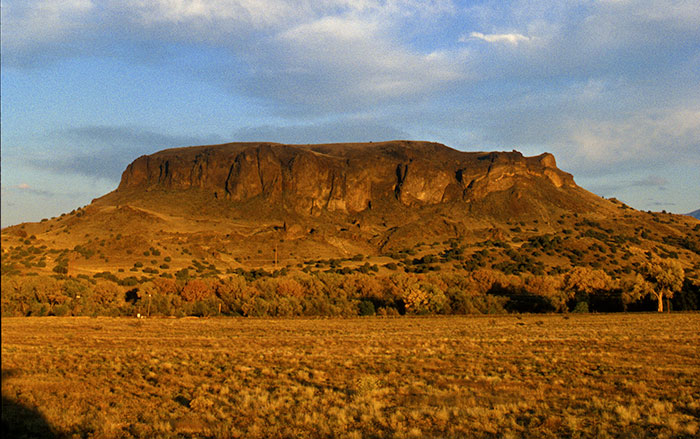 (Connie Photos)
(Connie Photos) -
Features
Kings of Cooperation
The Olmec city of Tres Zapotes may have owed its longevity to a new form of government
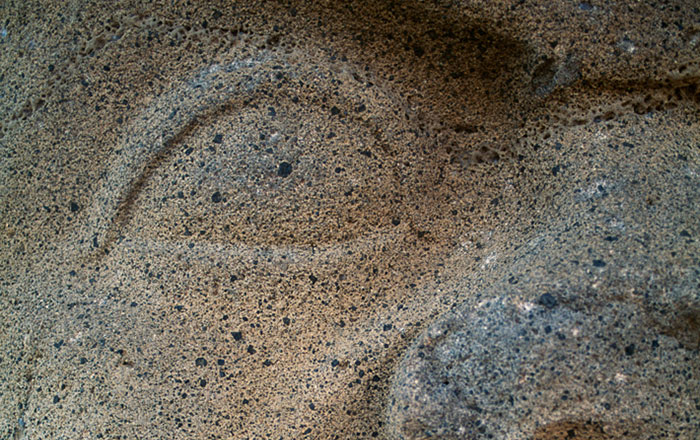 (De Agostini Picture Library/Getty Images)
(De Agostini Picture Library/Getty Images) -
Features
The Road Almost Taken
An ancient city in Germany tells a different story of the Roman conquest
 (© Courtesy Gabriele Rasbach, DAI)
(© Courtesy Gabriele Rasbach, DAI) -
Features
Town Beneath the Waves
In a chance find just off Greece’s Peloponnese, archaeologists have discovered the remains of a once-thriving Early Bronze Age settlement
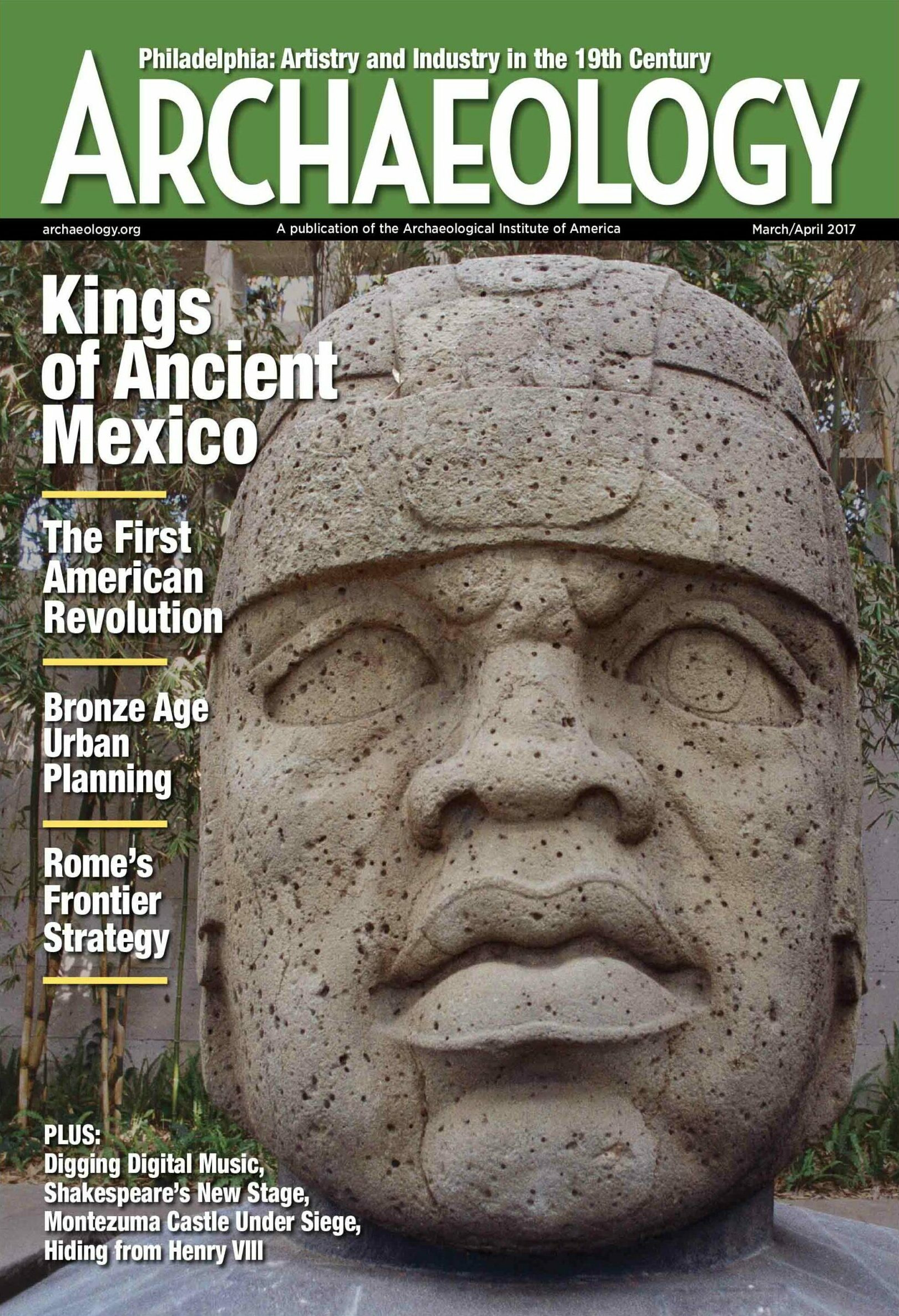
Letter from Philadelphia
Letter from Philadelphia
Empire of Glass
An unusual industrial history emerges from some of the city’s hippest neighborhoods
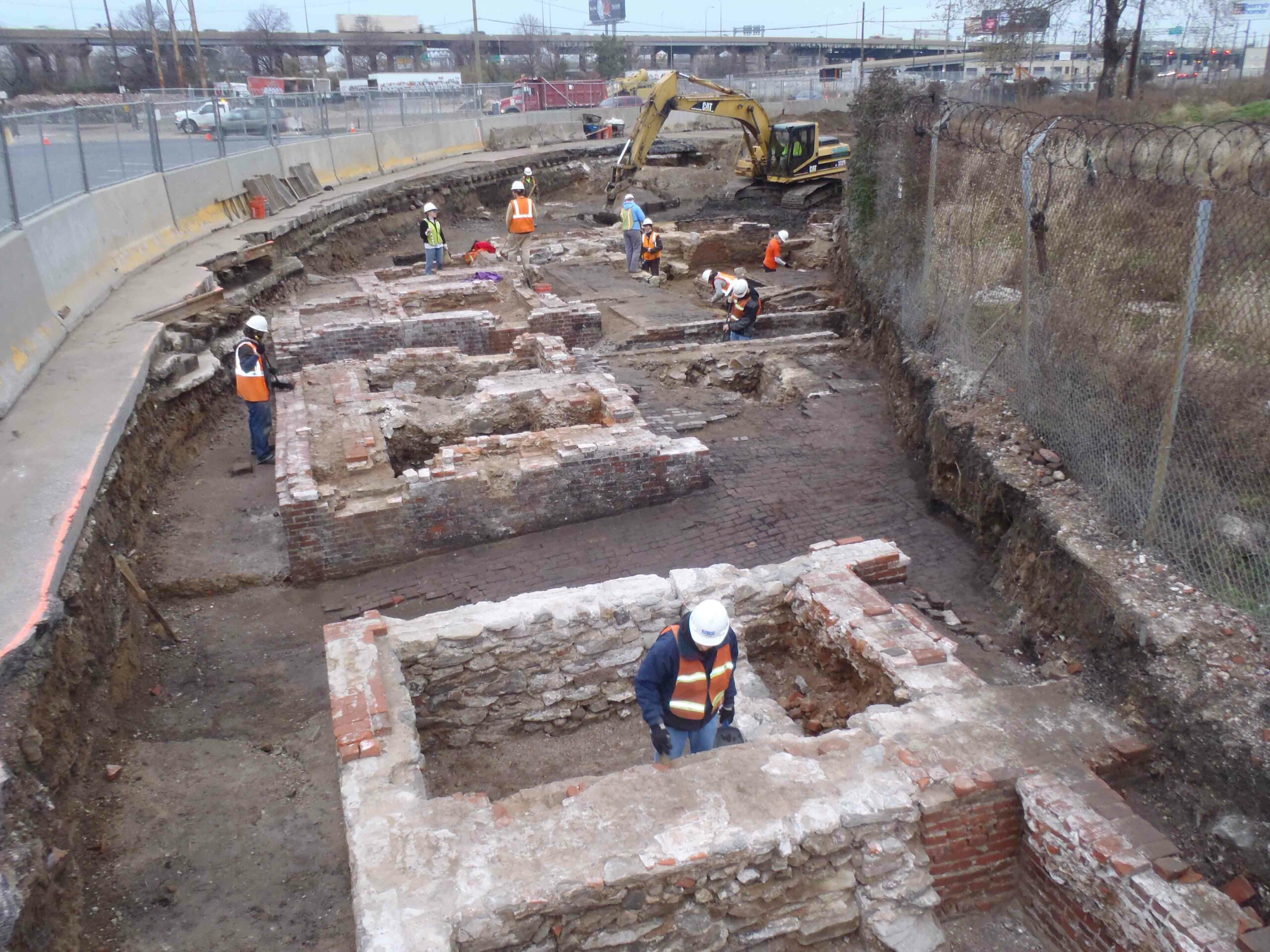
Artifact
Artifacts
Middle Bronze Age Jug
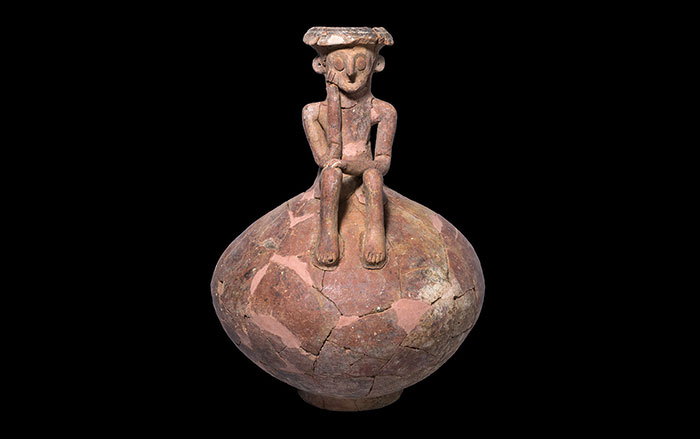
Digs & Discoveries
-
Digs & Discoveries
Digging up Digital Music
 (Courtesy University of Manchester School of Computer Science)
(Courtesy University of Manchester School of Computer Science) -
Digs & Discoveries
Revisiting Montezuma Castle
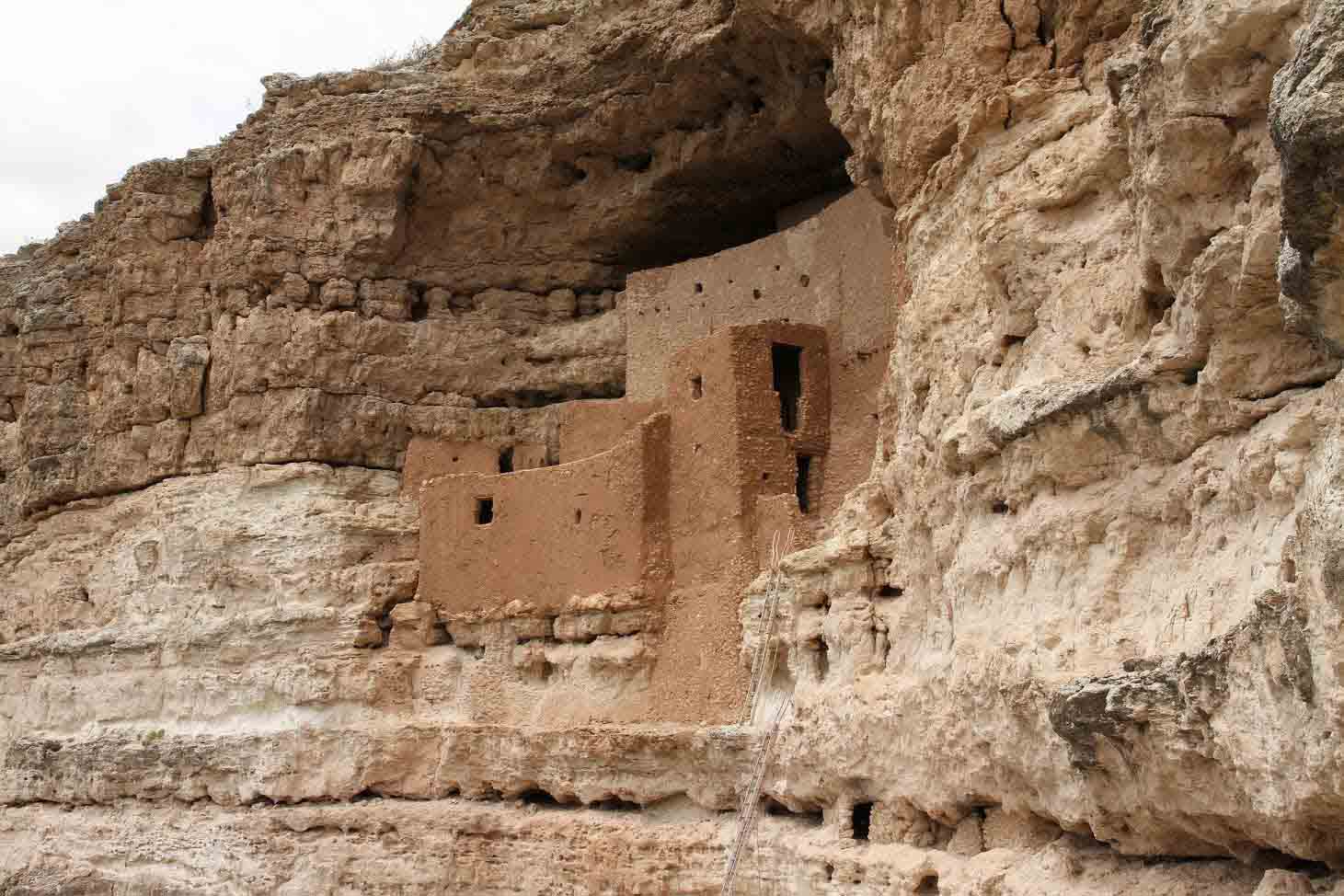 (National Park Service)
(National Park Service) -
Digs & Discoveries
Secret Spaces
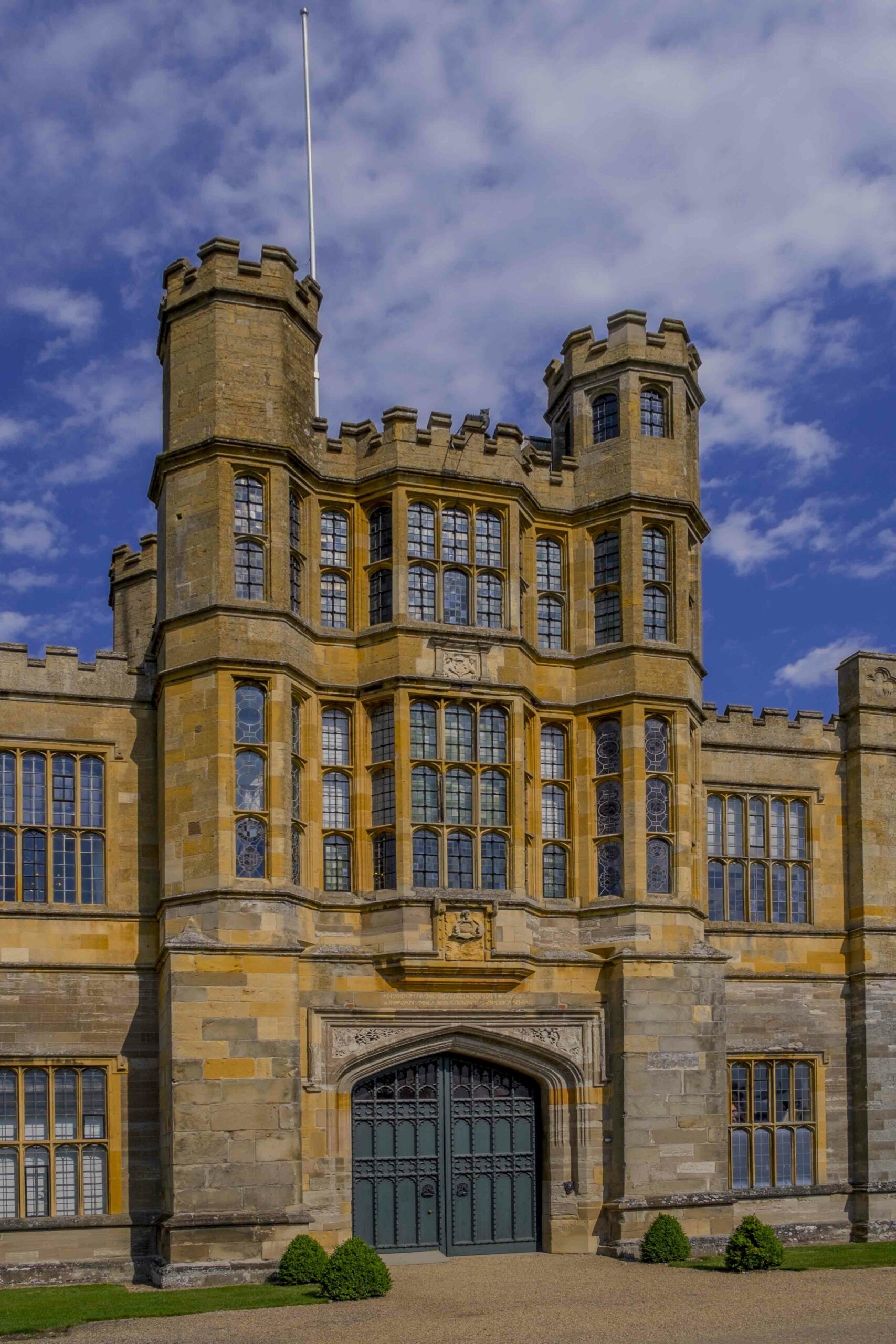 (Adobestock)
(Adobestock) -
Digs & Discoveries
Something New for Sutton Hoo
 (The Trustees of the British Museum/Art Resource, NY)
(The Trustees of the British Museum/Art Resource, NY) -
Digs & Discoveries
A Surprise City in Thessaly

-
Digs & Discoveries
Zinc Zone
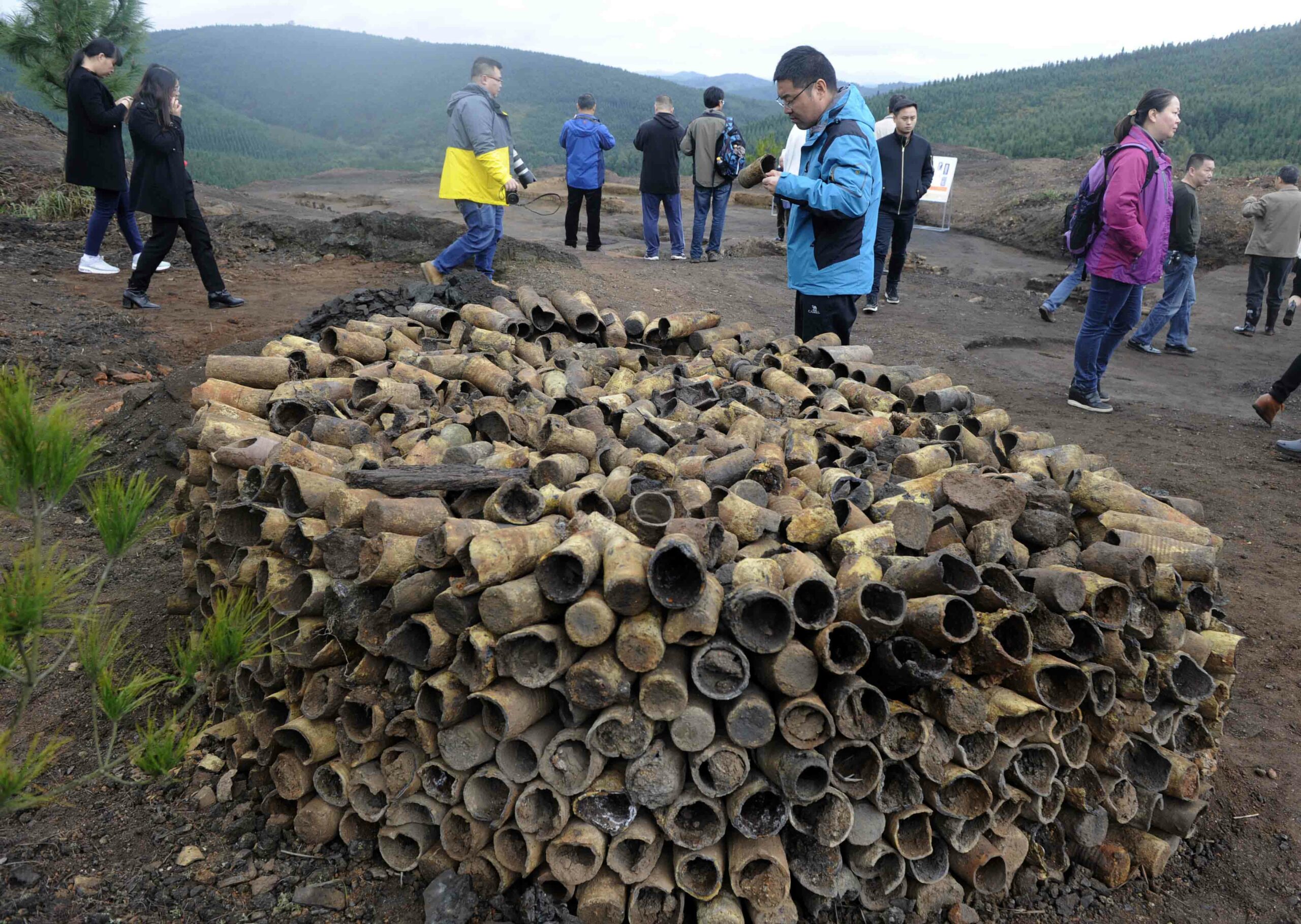 (Courtesy Norwegian Institute for Cultural Heritage Research)
(Courtesy Norwegian Institute for Cultural Heritage Research) -
Digs & Discoveries
Behind the Curtain
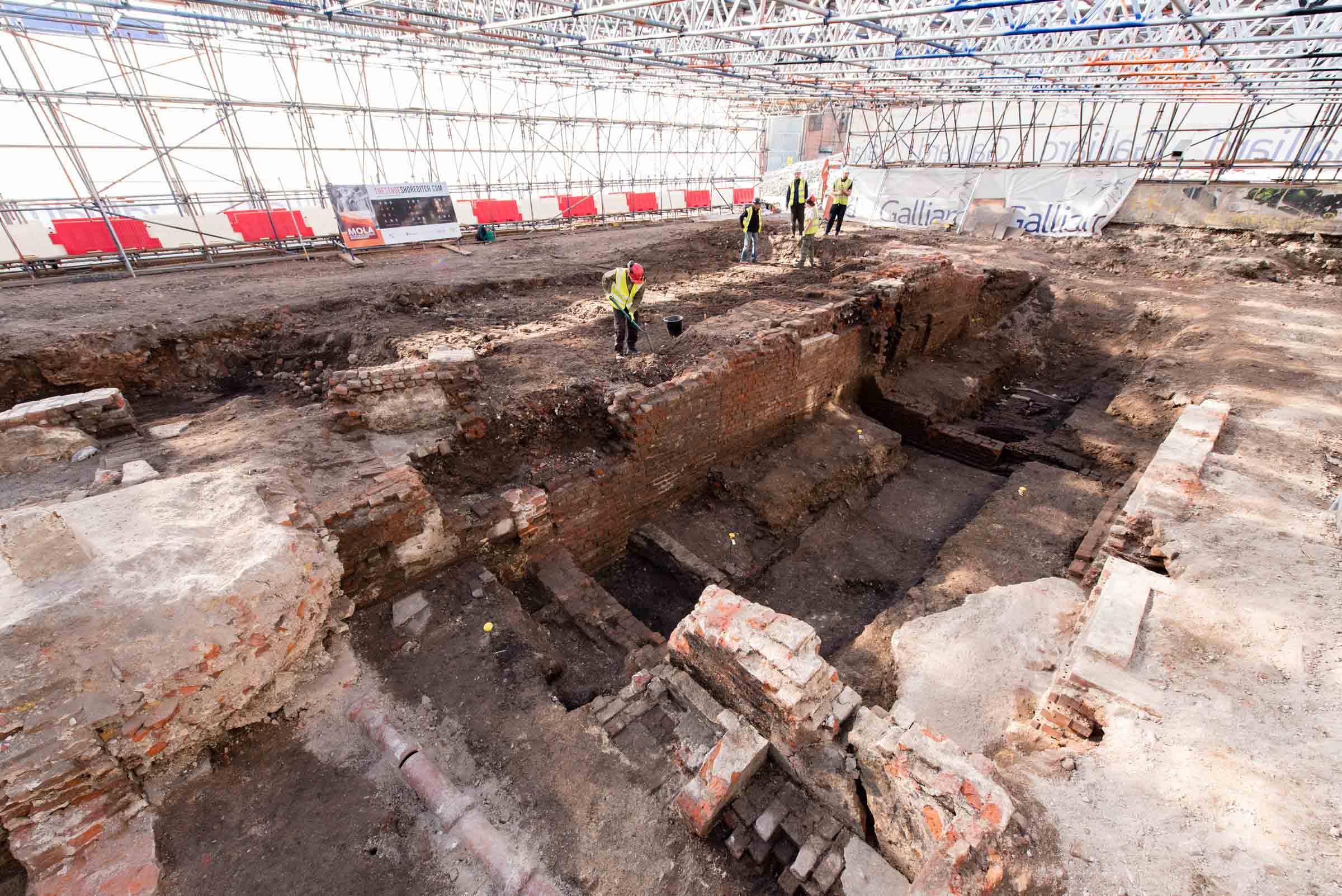 (© Courtesy Museum of London Archaeology)
(© Courtesy Museum of London Archaeology) -
Digs & Discoveries
Royal Gams
 (HIP / Art Resource, NY)
(HIP / Art Resource, NY) -
Digs & Discoveries
A Mix of Faiths
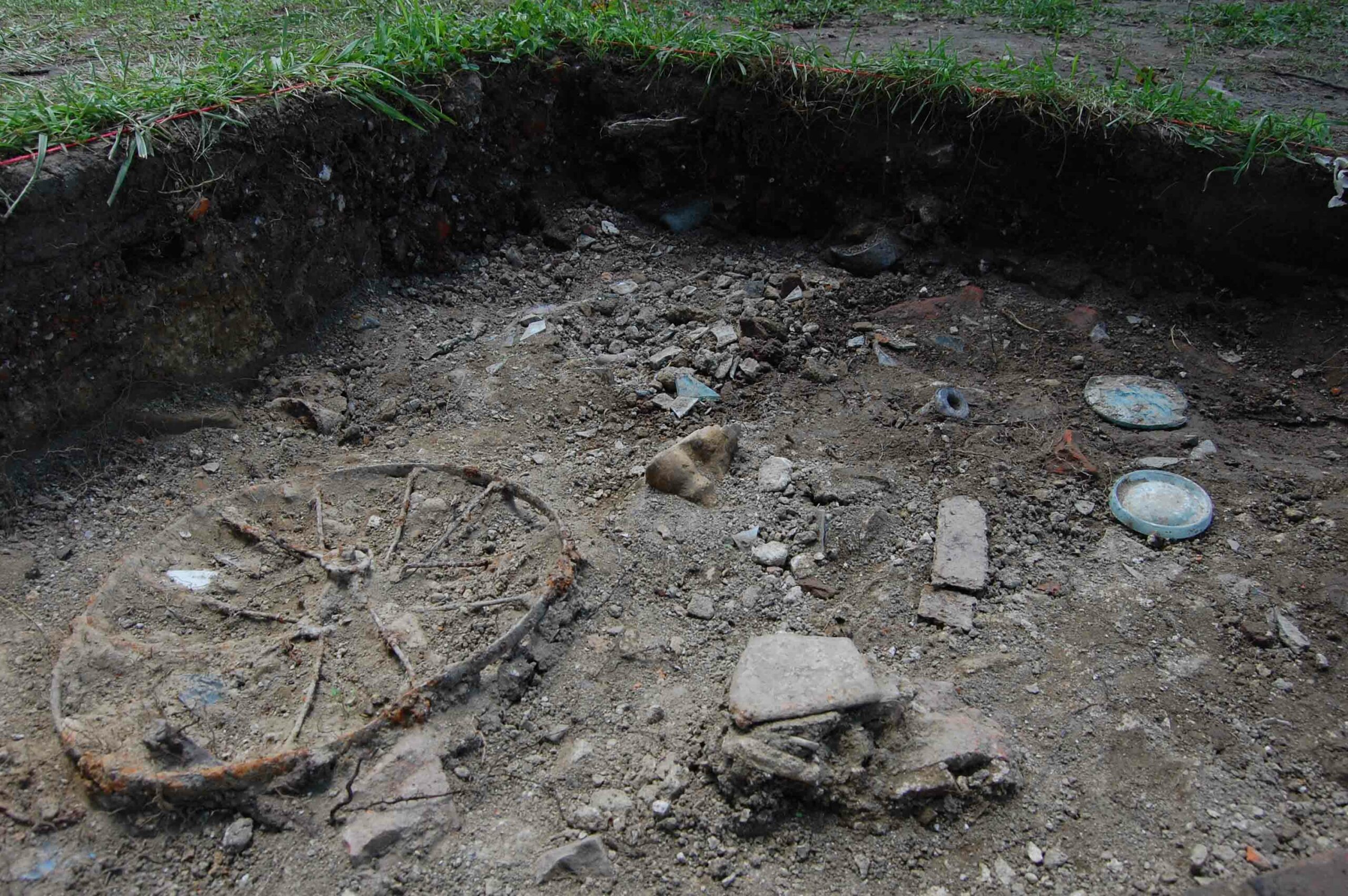 (Courtesy Mark Leone)
(Courtesy Mark Leone) -
Digs & Discoveries
Neolithic FaceTime
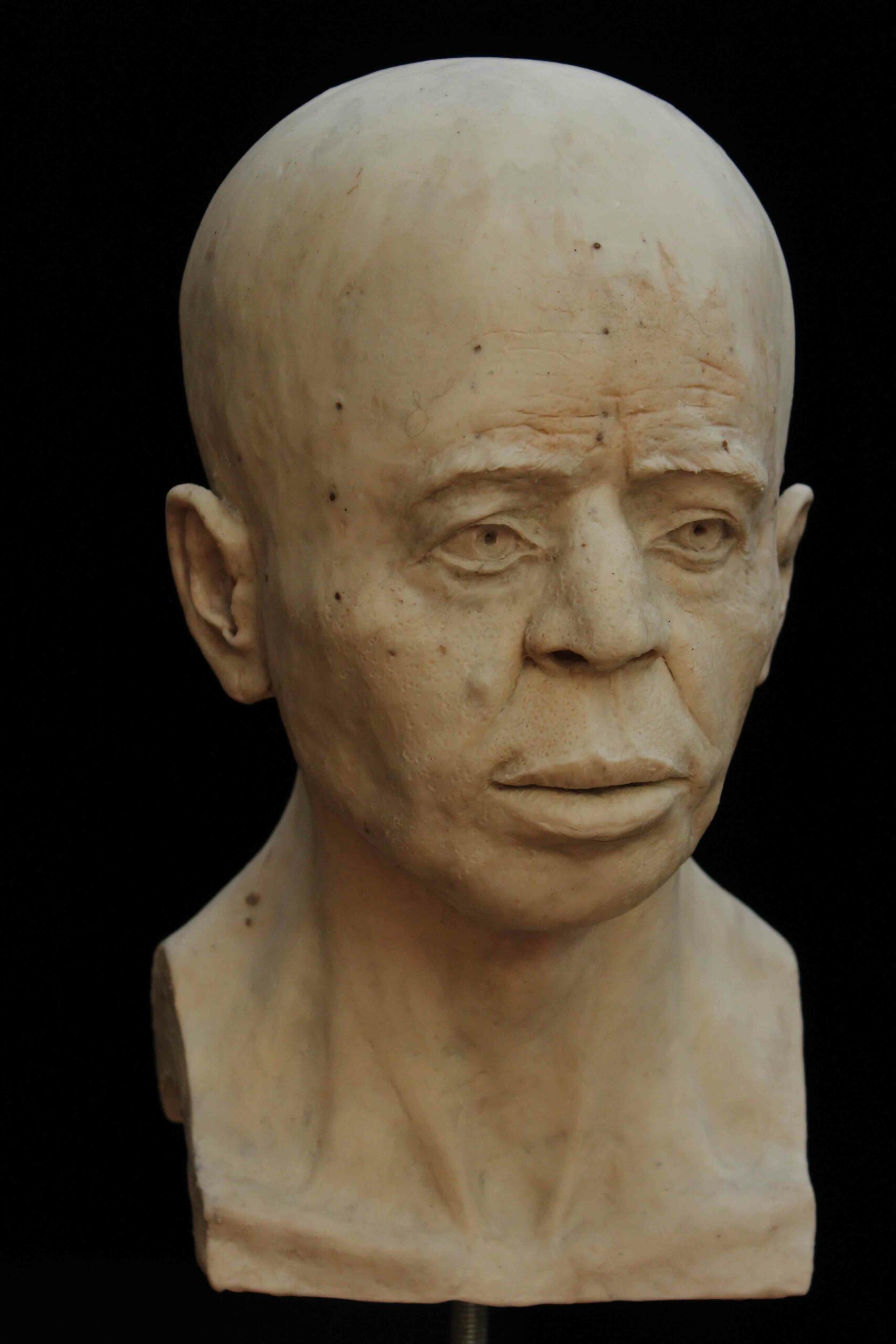 (Top: © The Trustees of the British Museum; Above: © The Trustees of the British Museum. Photo by RN-DS partnership)
(Top: © The Trustees of the British Museum; Above: © The Trustees of the British Museum. Photo by RN-DS partnership) -
Digs & Discoveries
Bathing, Ancient Roman Style
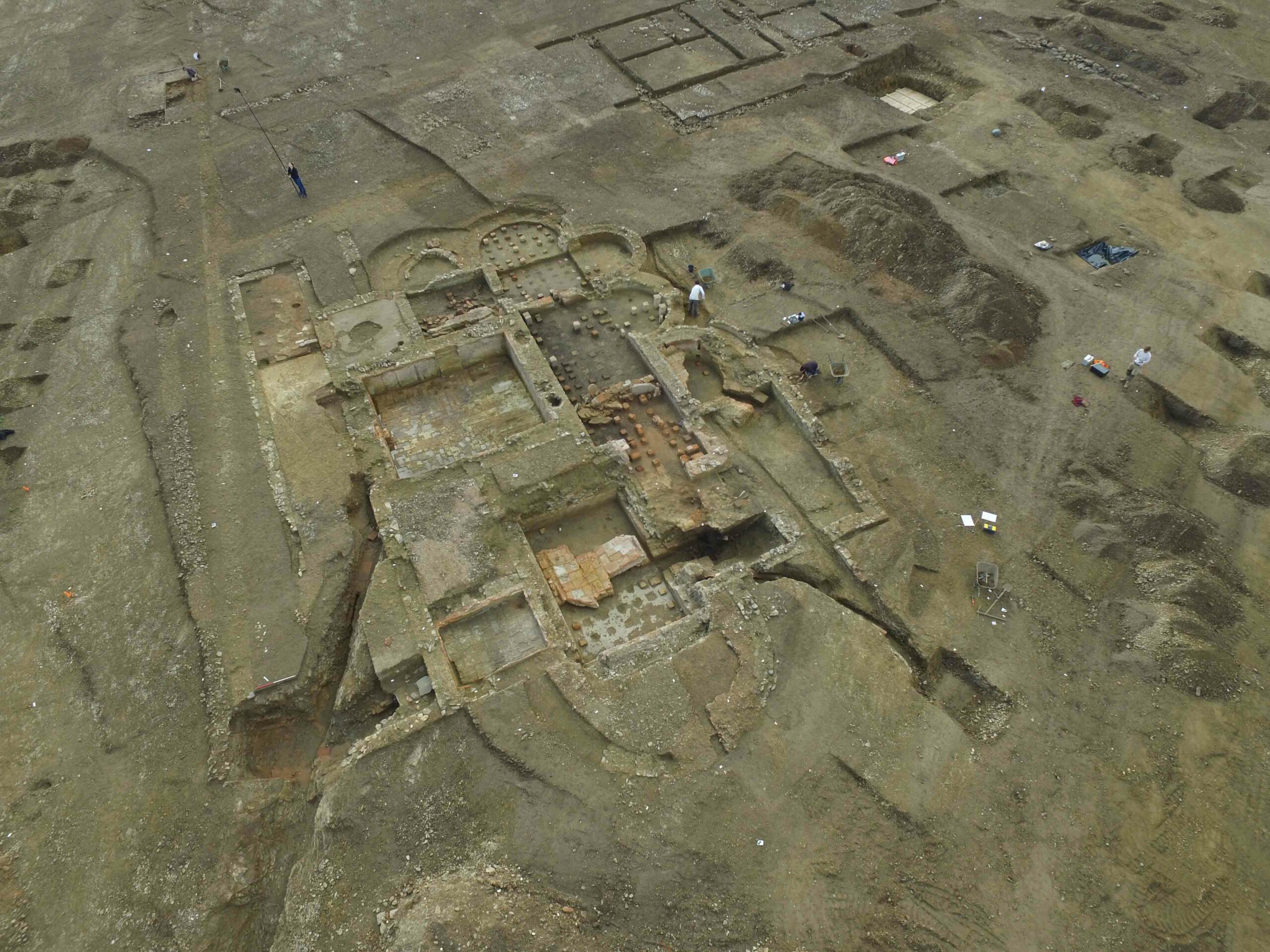 (© Hervé Paitier, Inrap, © Emmanuelle Collado, Inrap, © Bastien Simier, Inrap, © Emmanuelle Collado, Inrap)
(© Hervé Paitier, Inrap, © Emmanuelle Collado, Inrap, © Bastien Simier, Inrap, © Emmanuelle Collado, Inrap) -
Digs & Discoveries
The Church that Transformed Norway
 (Courtesy Norwegian Institute for Cultural Heritage Research)
(Courtesy Norwegian Institute for Cultural Heritage Research) -
Digs & Discoveries
Siberian William Tell
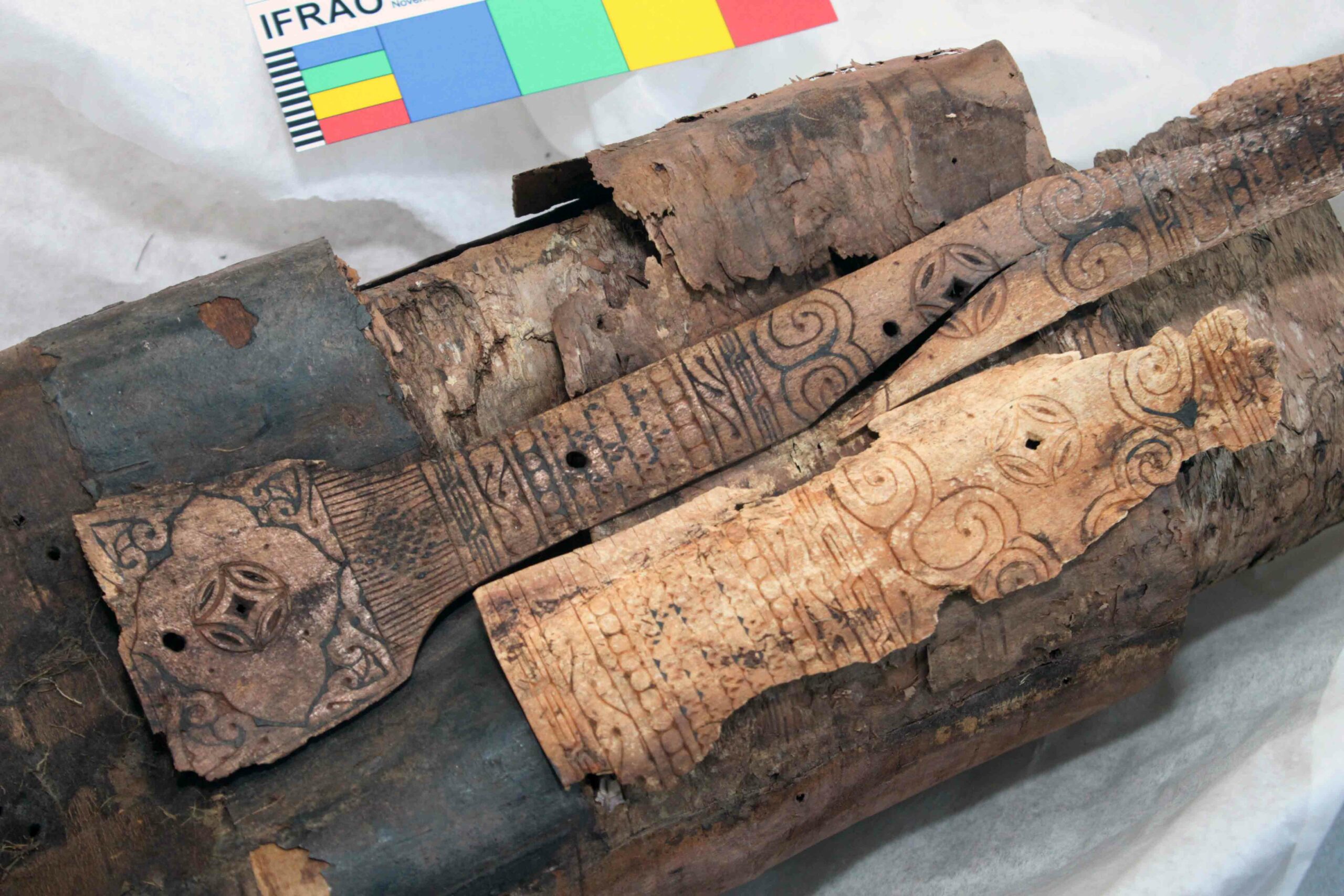 (Courtesy Nikita Konstantinov)
(Courtesy Nikita Konstantinov) -
Digs & Discoveries
A Traditional Neanderthal Home
 (Courtesy of the La Manche Prehistoric Research Group)
(Courtesy of the La Manche Prehistoric Research Group)
Off the Grid
Off the Grid March/April 2017
Pointe-à-Callière, Montréal

Around the World

AUSTRALIA

AUSTRALIA: A 46,000-year-old kangaroo fibula from a cave in northwestern Australia may be the oldest piece of jewelry ever discovered on the continent and appears nearly 25,000 years earlier than when ancient Australians are thought to have first developed bone-shaping technology. Although it may have been used as an awl, it was more likely a personal adornment worn through the nasal septum. Researchers suspect the tip was broken off during use, perhaps when too much force was exerted during the piercing. —Jason Urbanus

INDIA

INDIA: The theory that domesticated rice was originally introduced from China to the ancient Indus civilization is being challenged. Fieldwork at several sites in northwest India seems to confirm that Indus Valley communities did not rely solely on wild rice, but instead developed their own domesticated rice agriculture around 4,000 years ago. This process occurred independently from rice domestication in China and at least 400 years before the appearance of Chinese rice in the region. —Jason Urbanus

KAZAKHSTAN

KAZAKHSTAN: An amateur metal detectorist who found pieces of decorated silver near the eastern shore of the Caspian Sea led authorities to a previously unknown complex of massive ancient stone enclosures. The silver plating, adorned with animal motifs, was once attached to a wooden saddle that was ritually buried in the 5th or 6th century A.D. Archaeologists are still unsure who built the cultic or funerary complex but believe it was linked to the movement of nomadic tribes or Huns through the area. —Jason Urbanus


